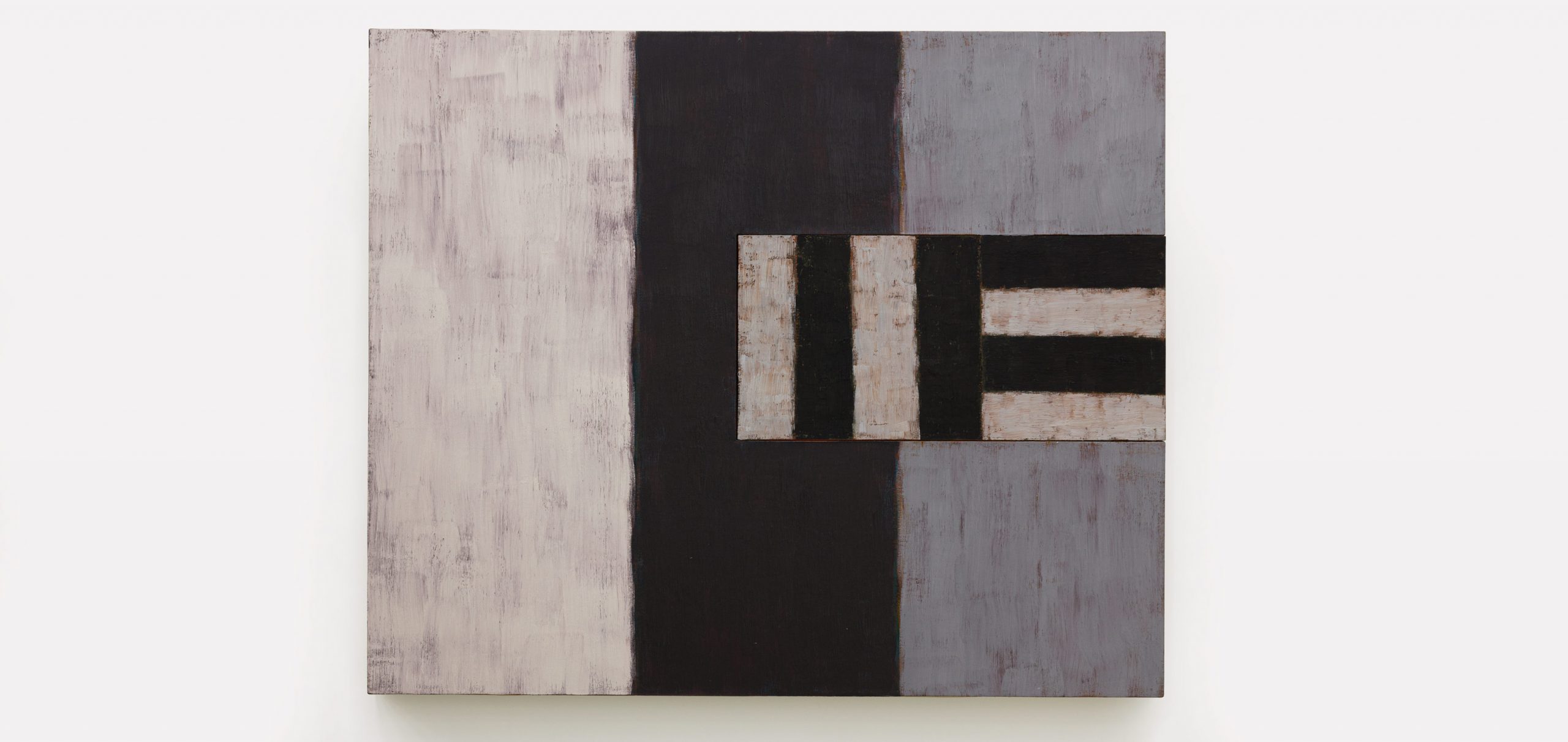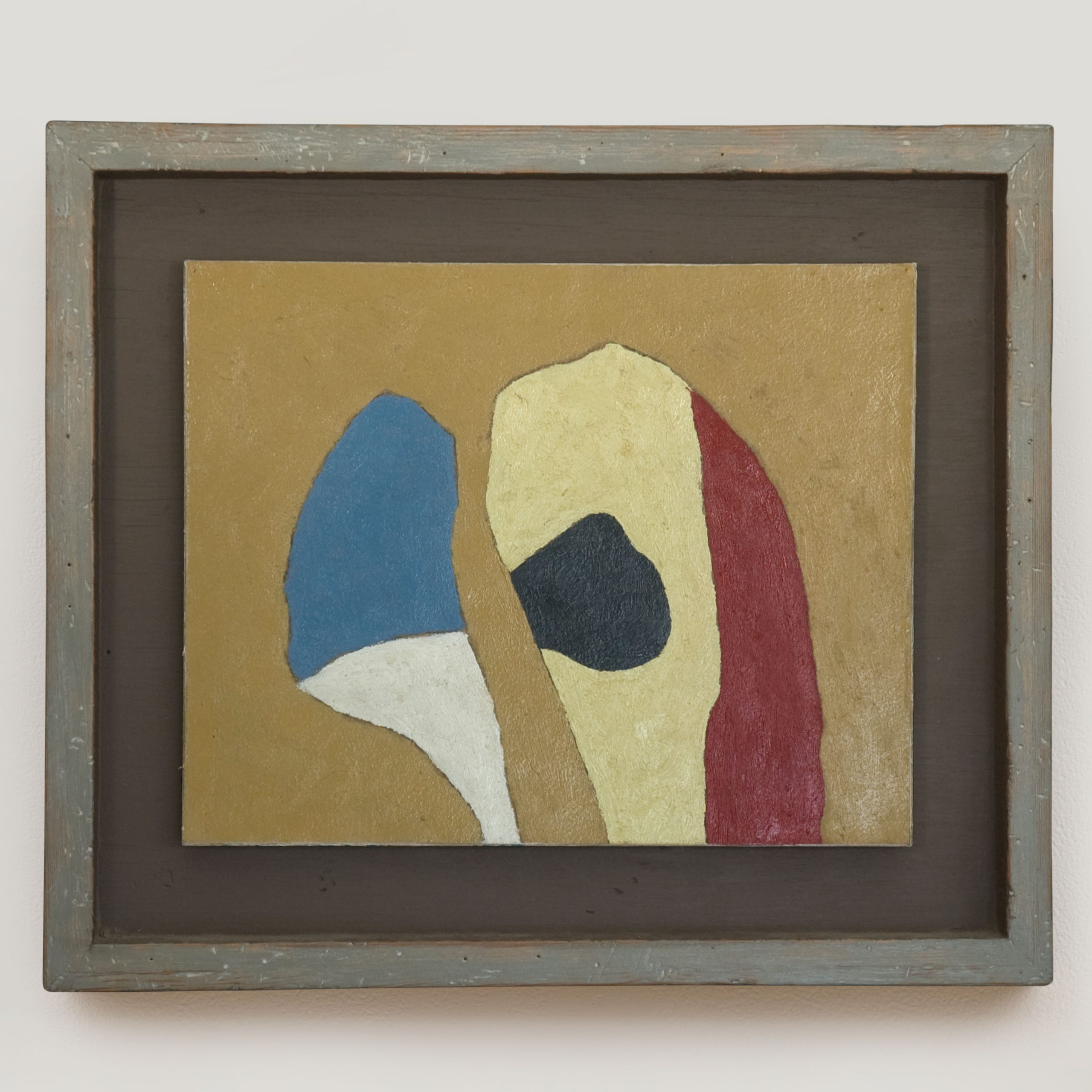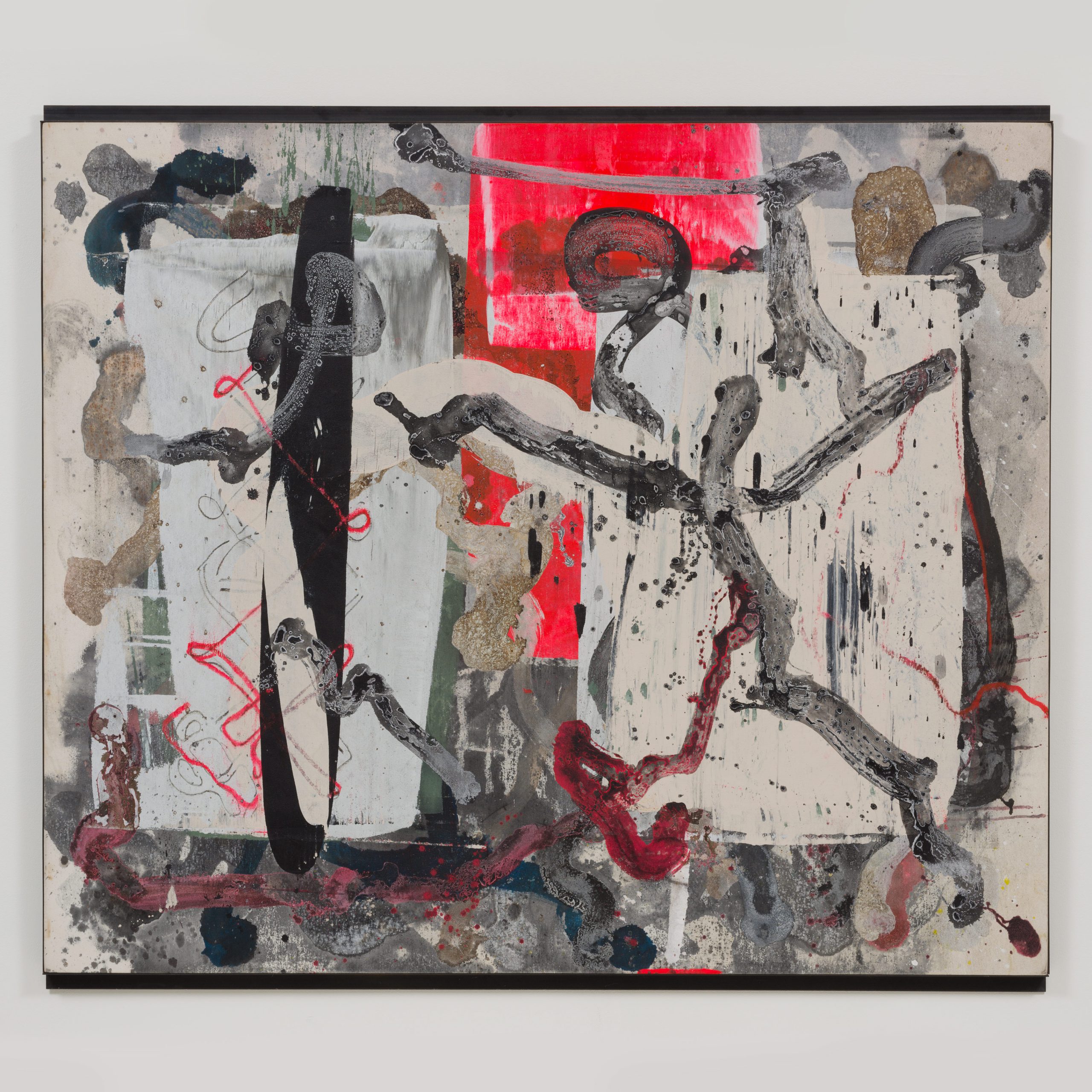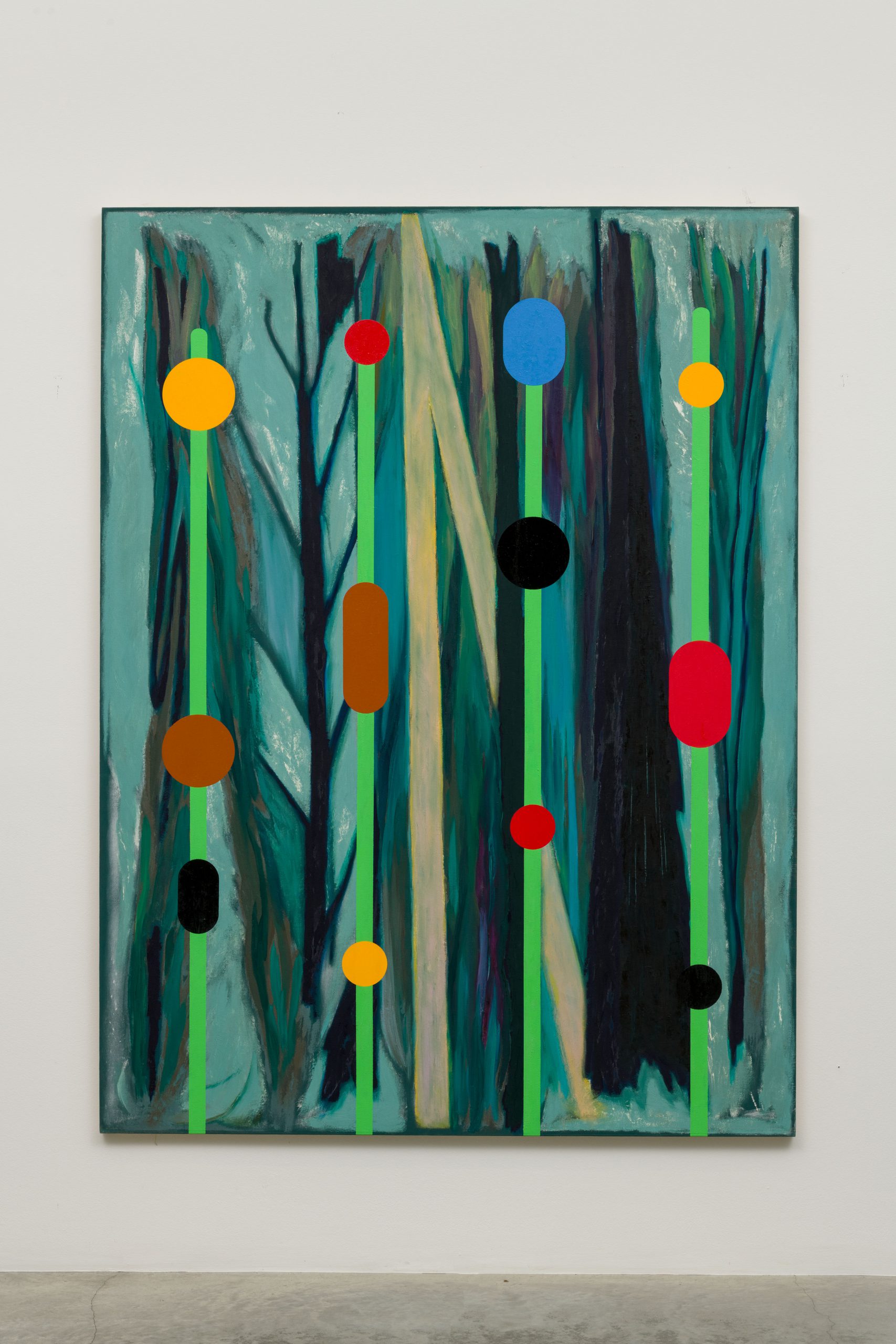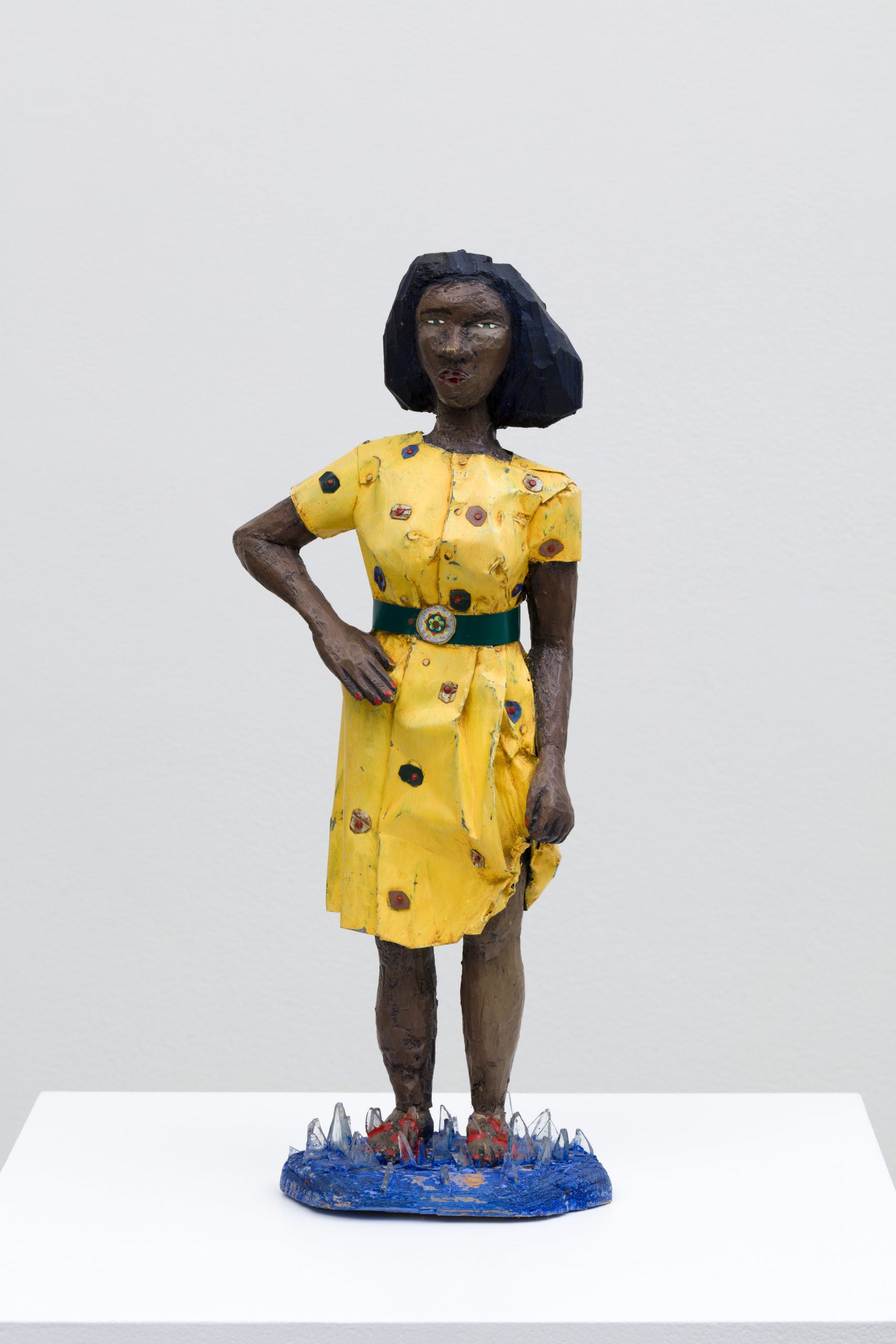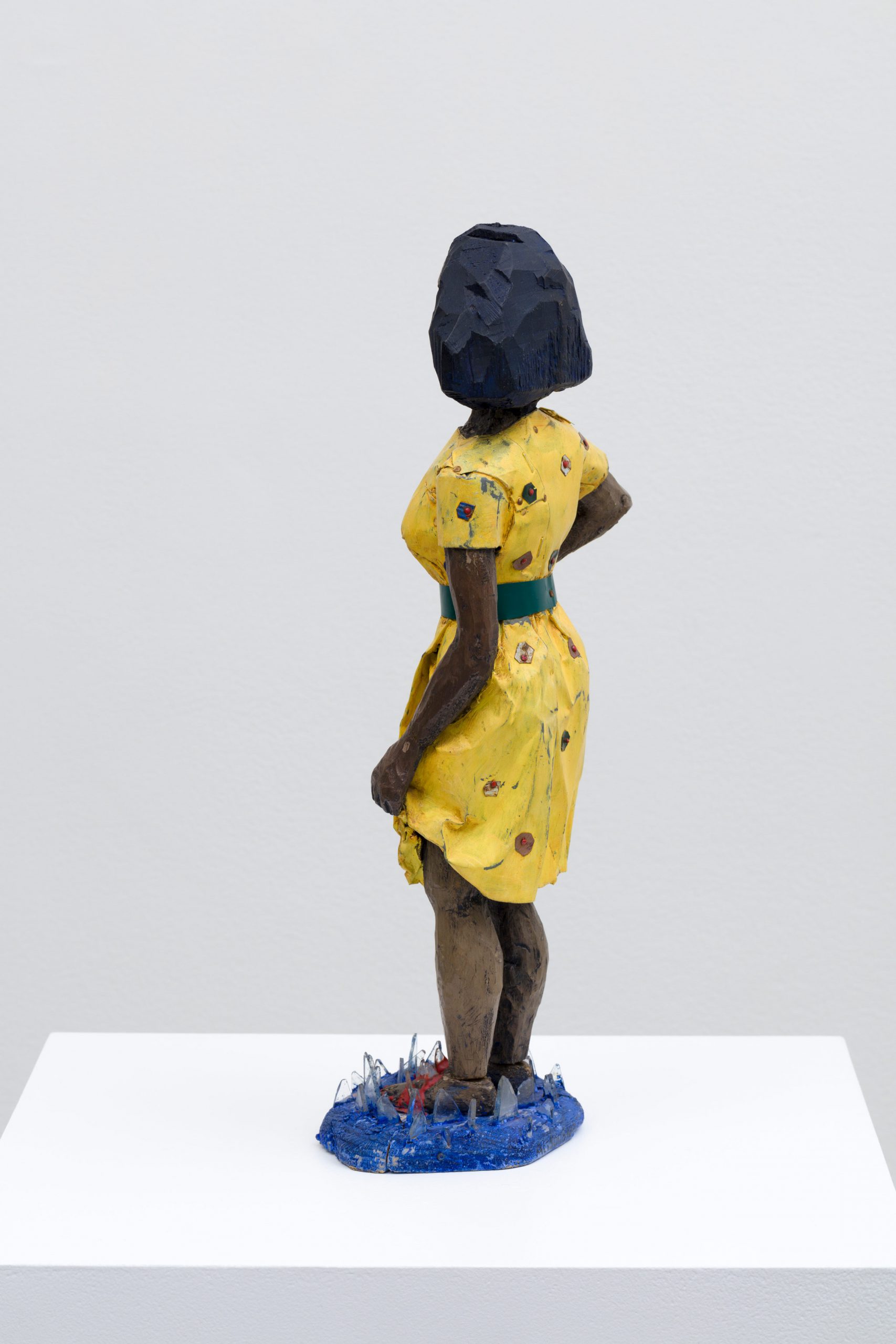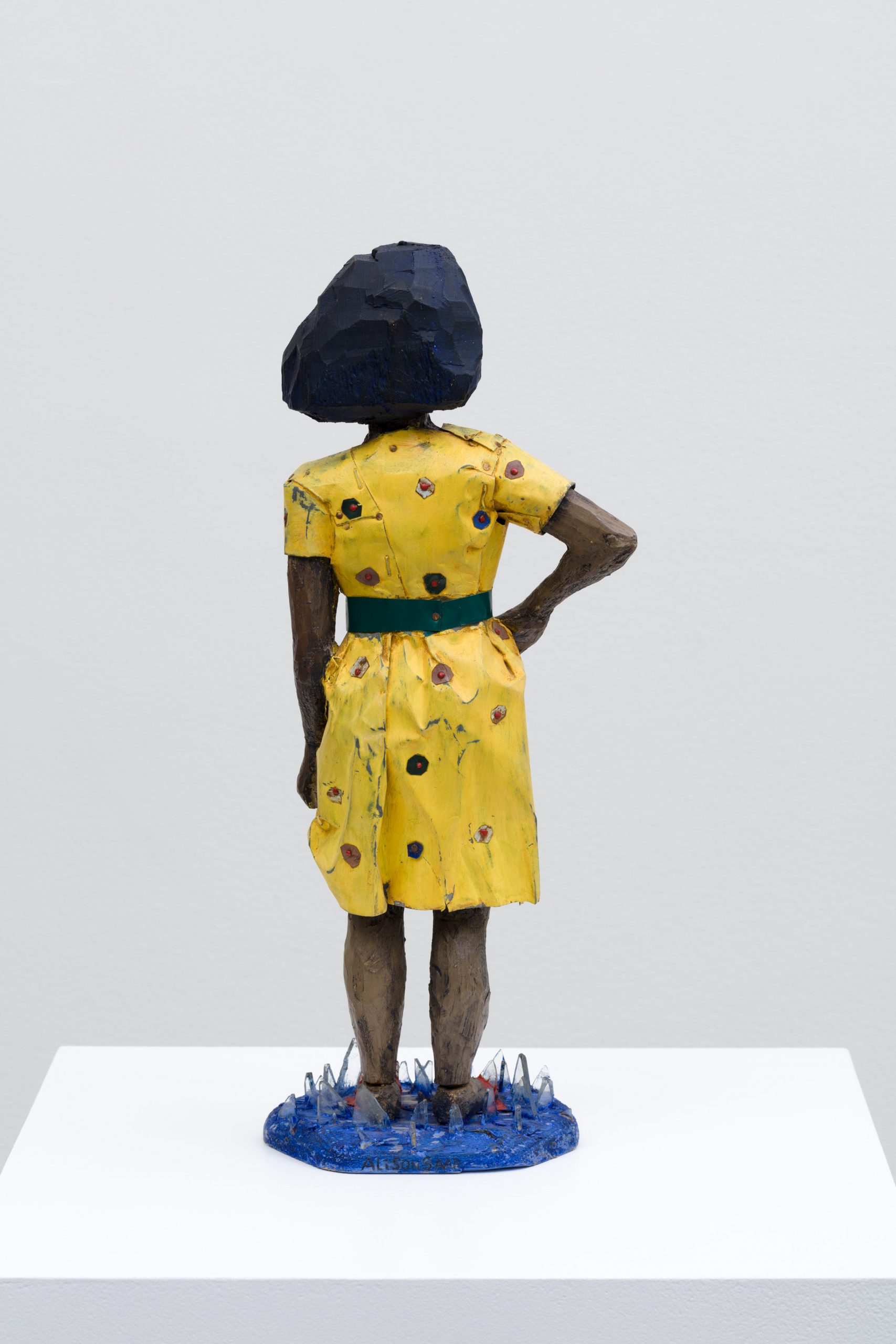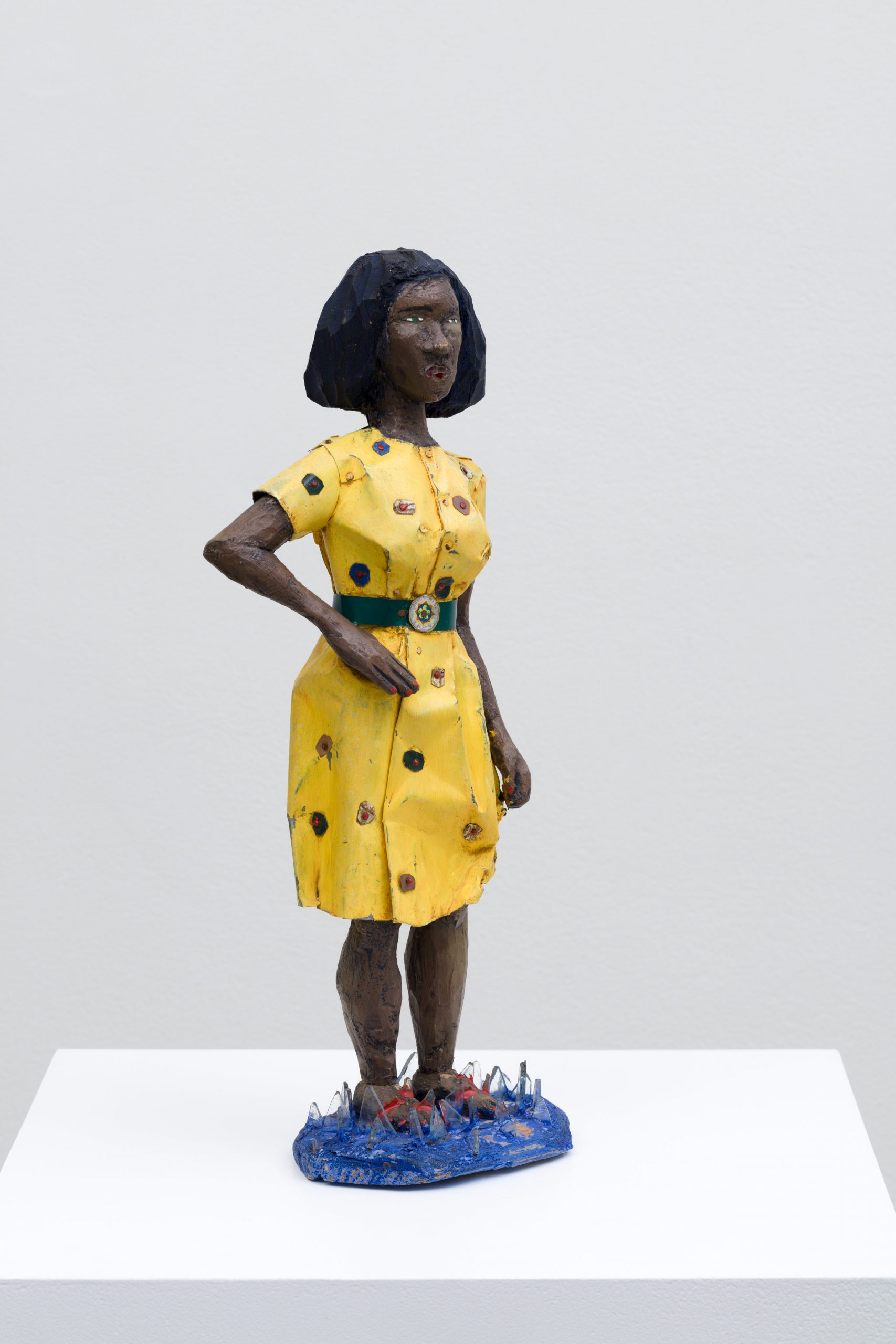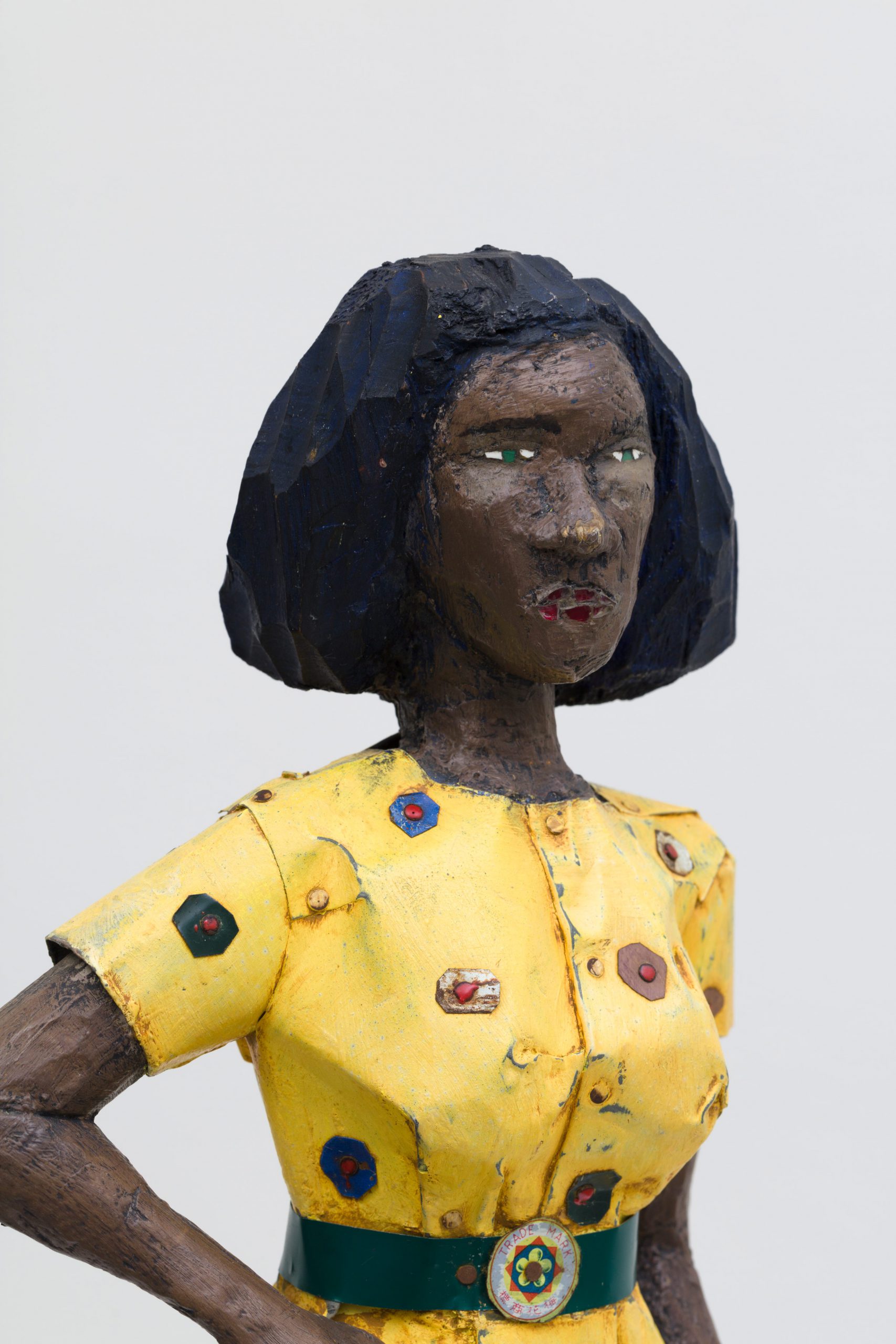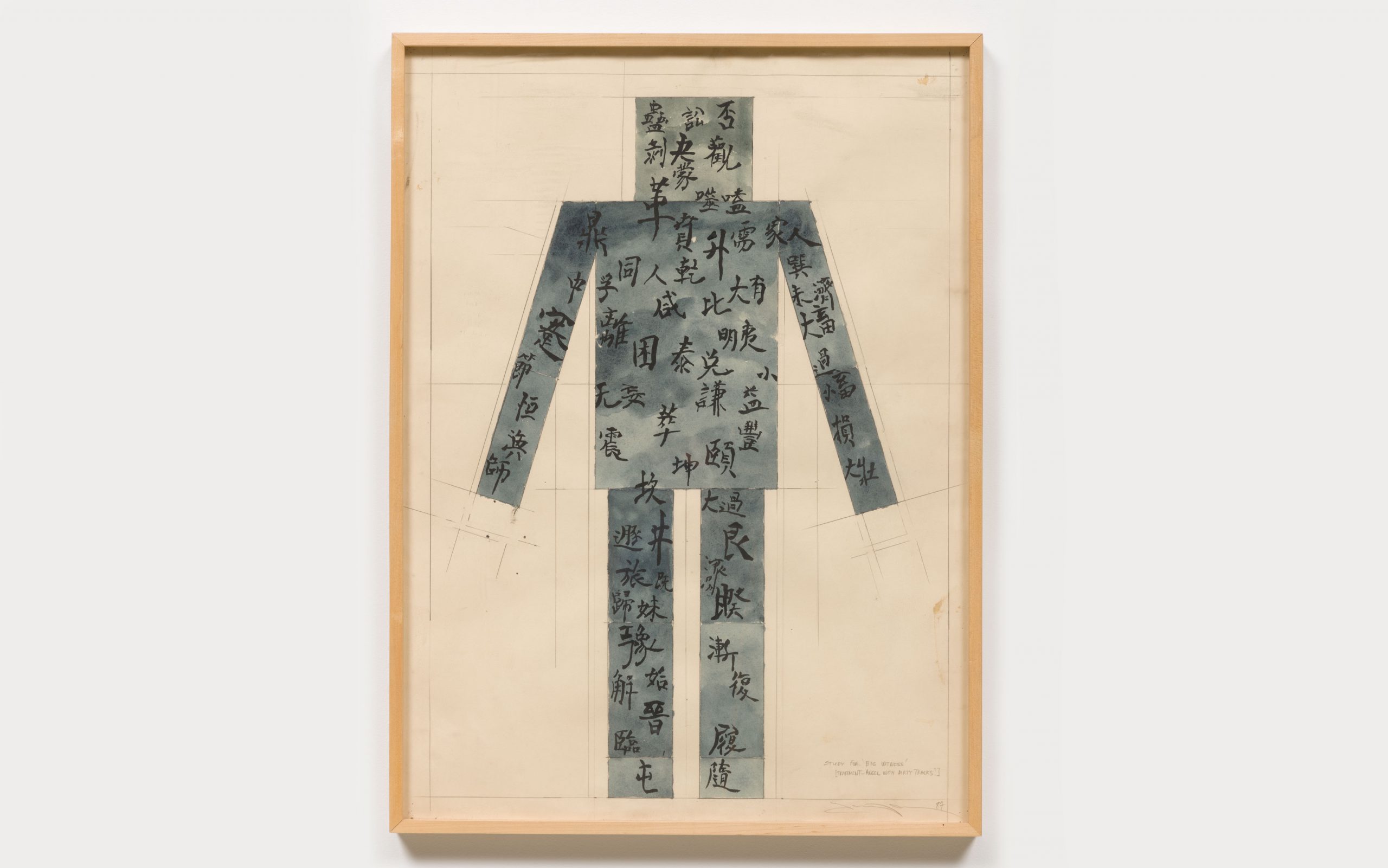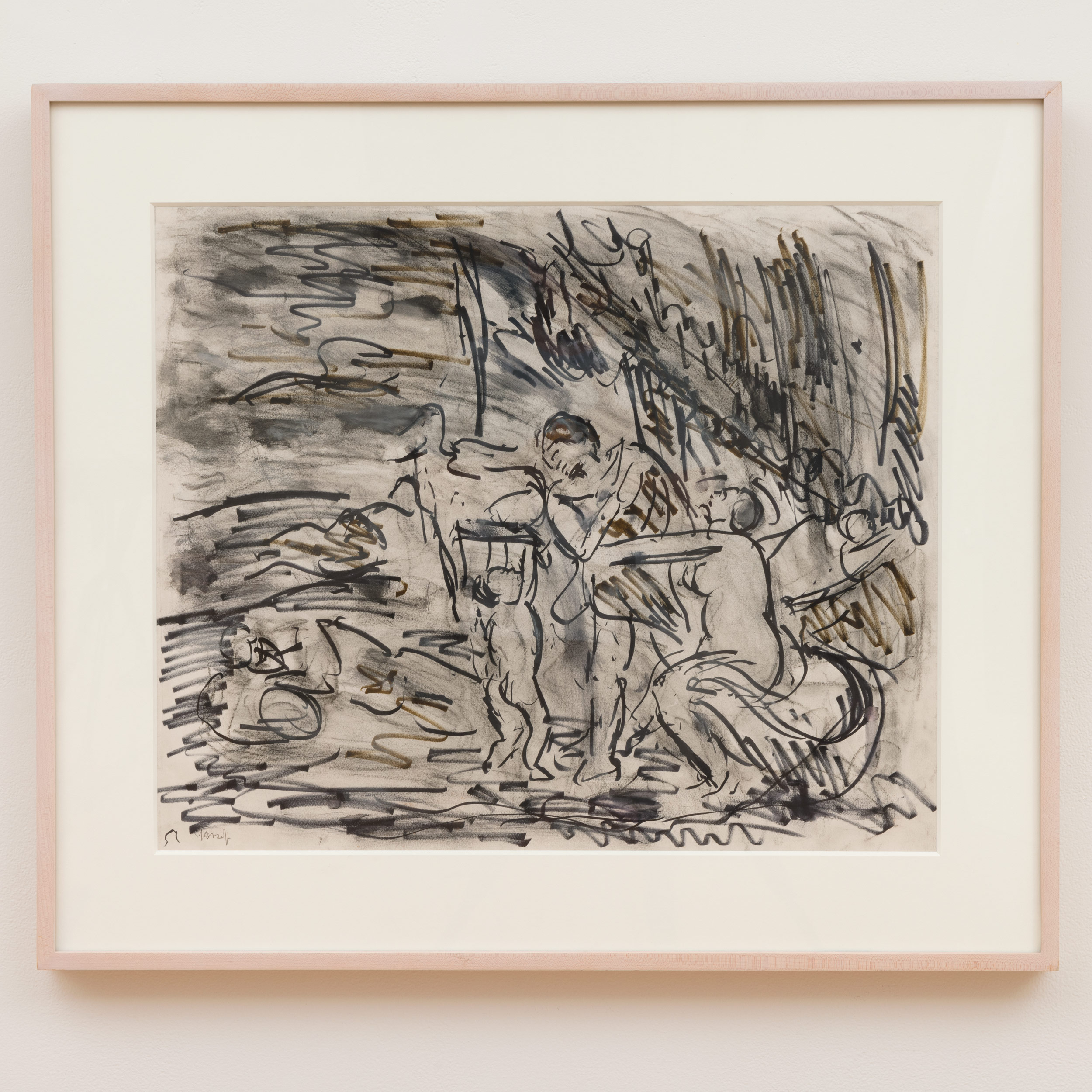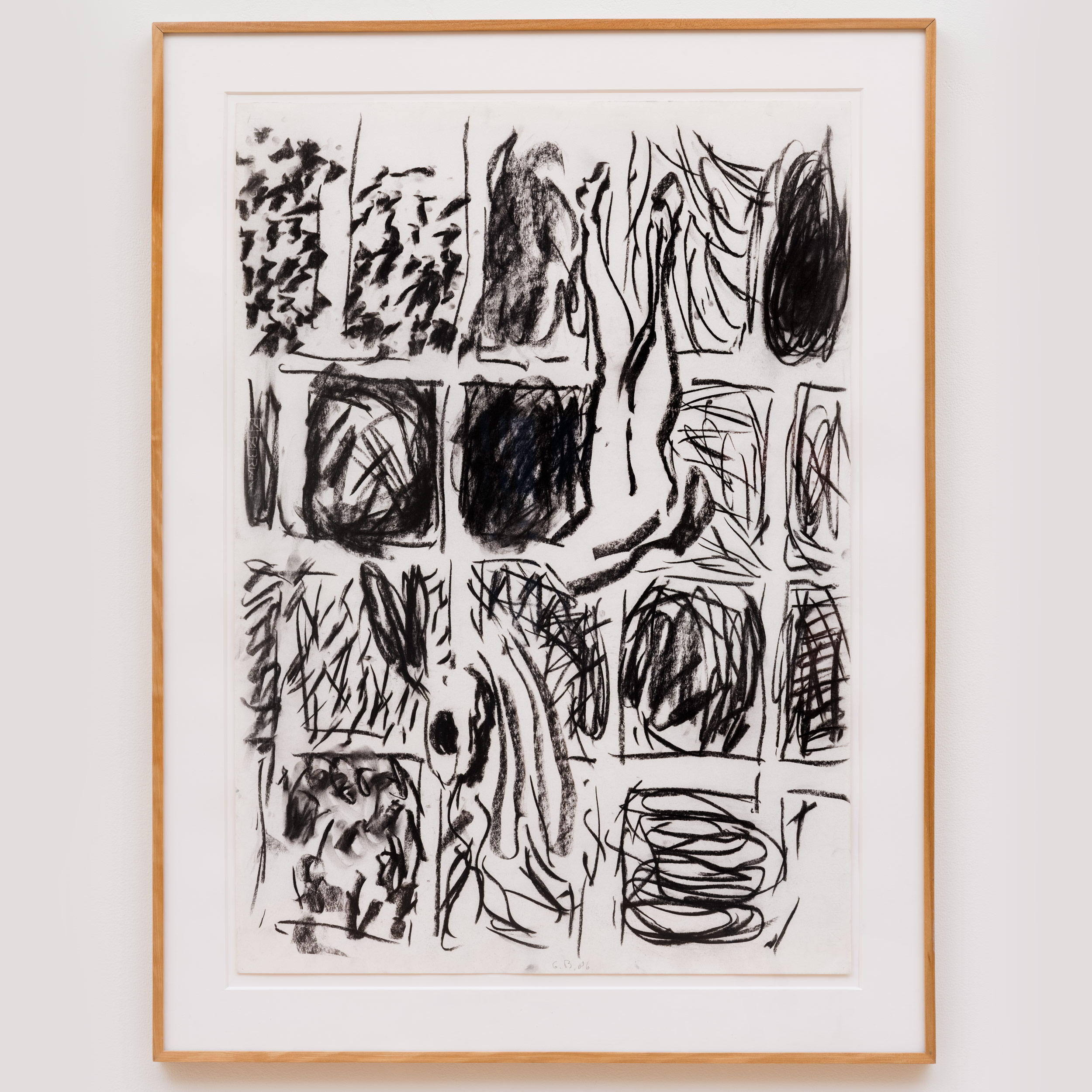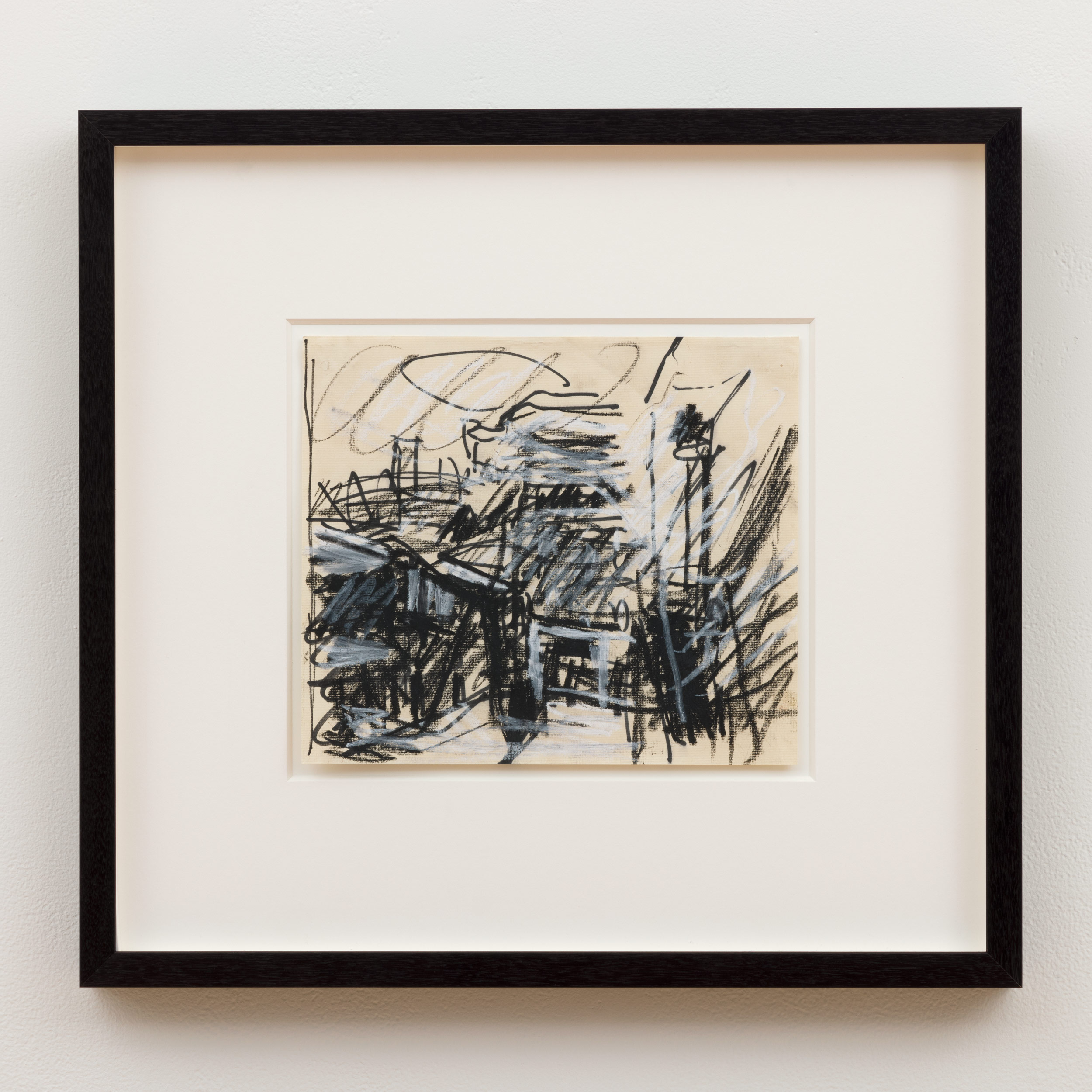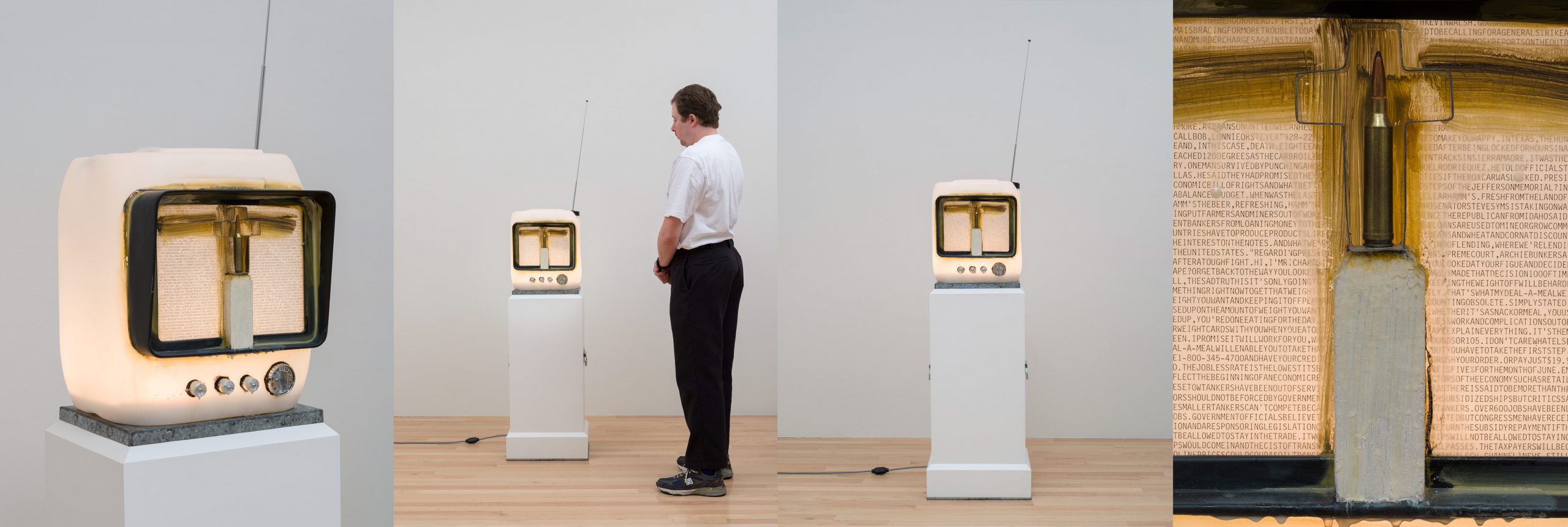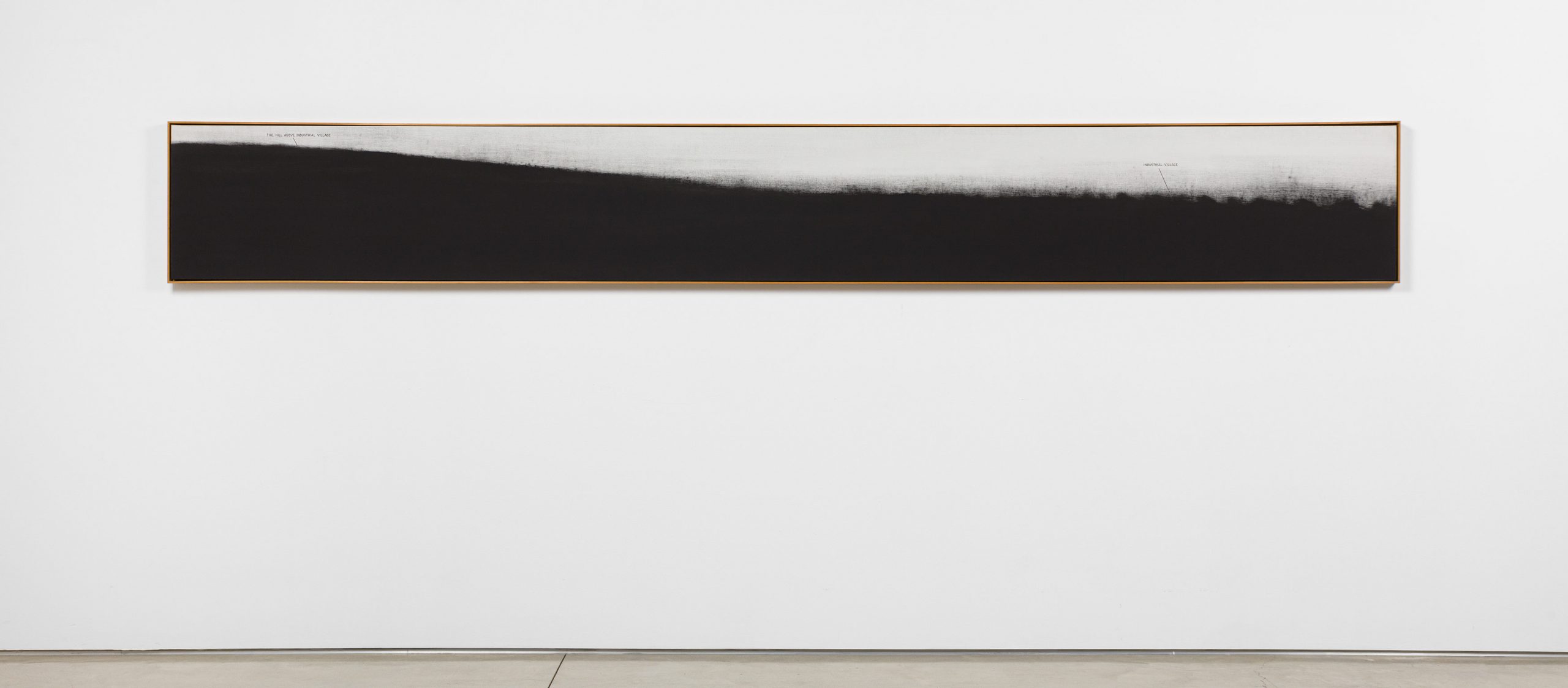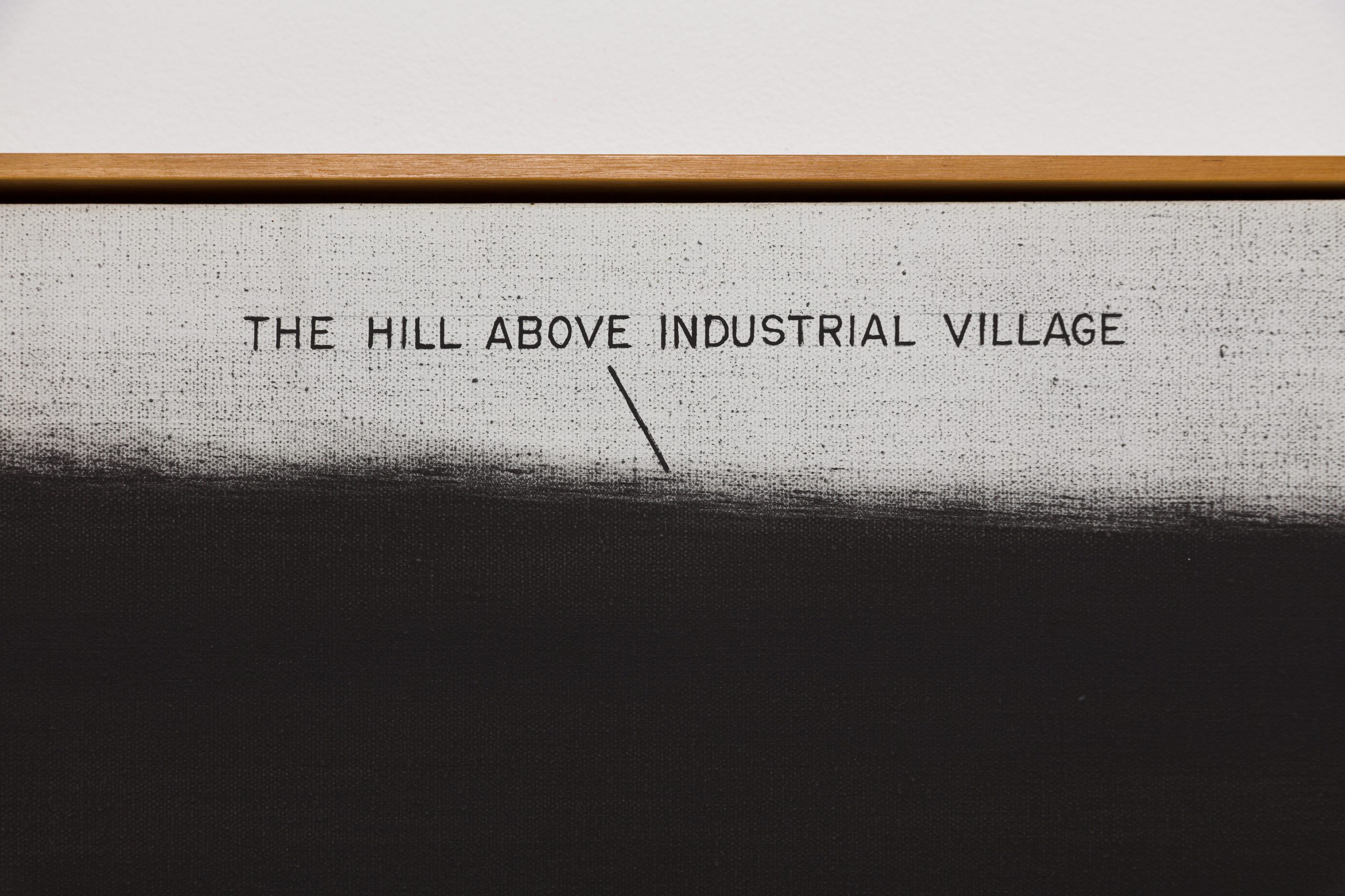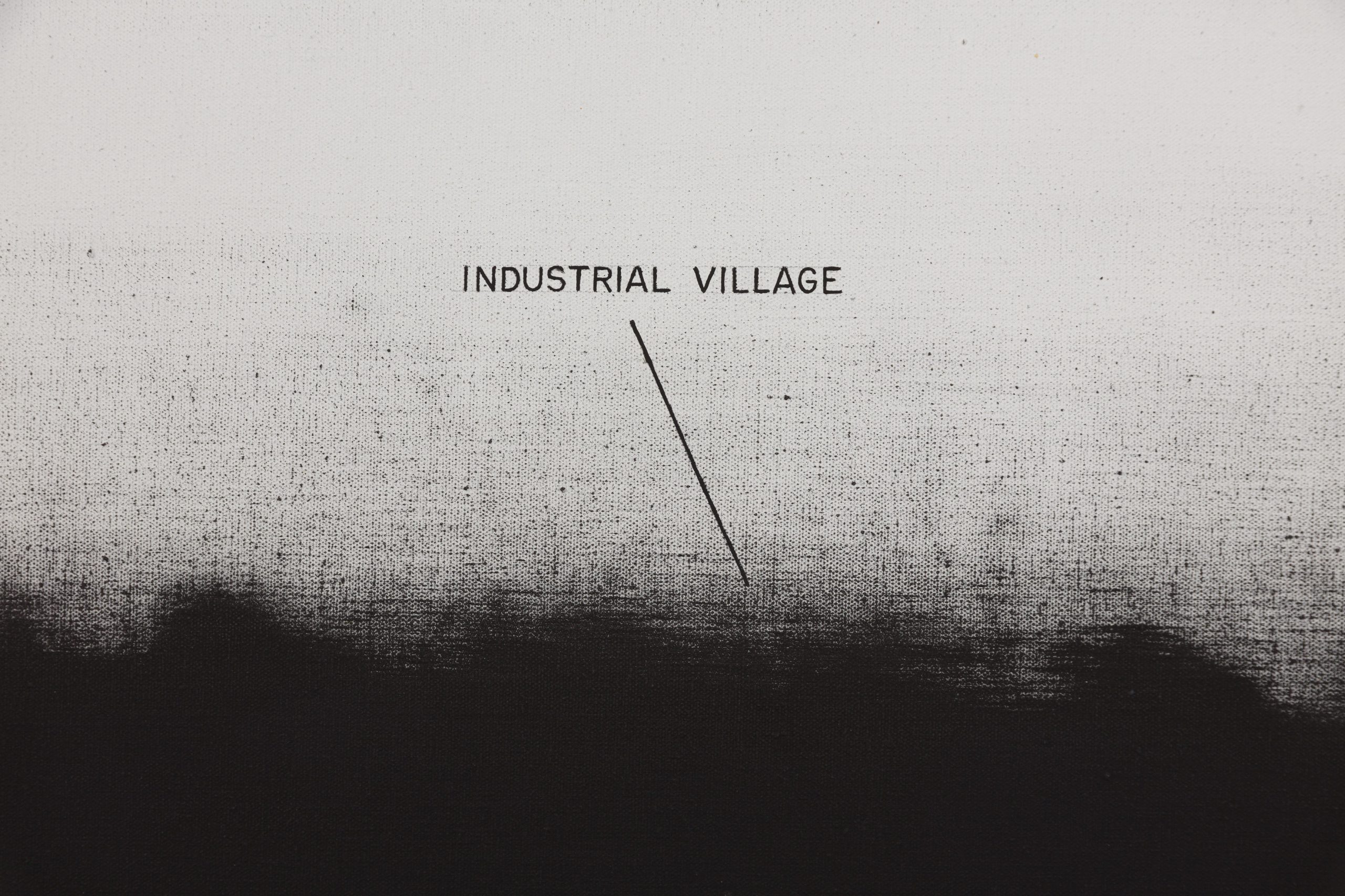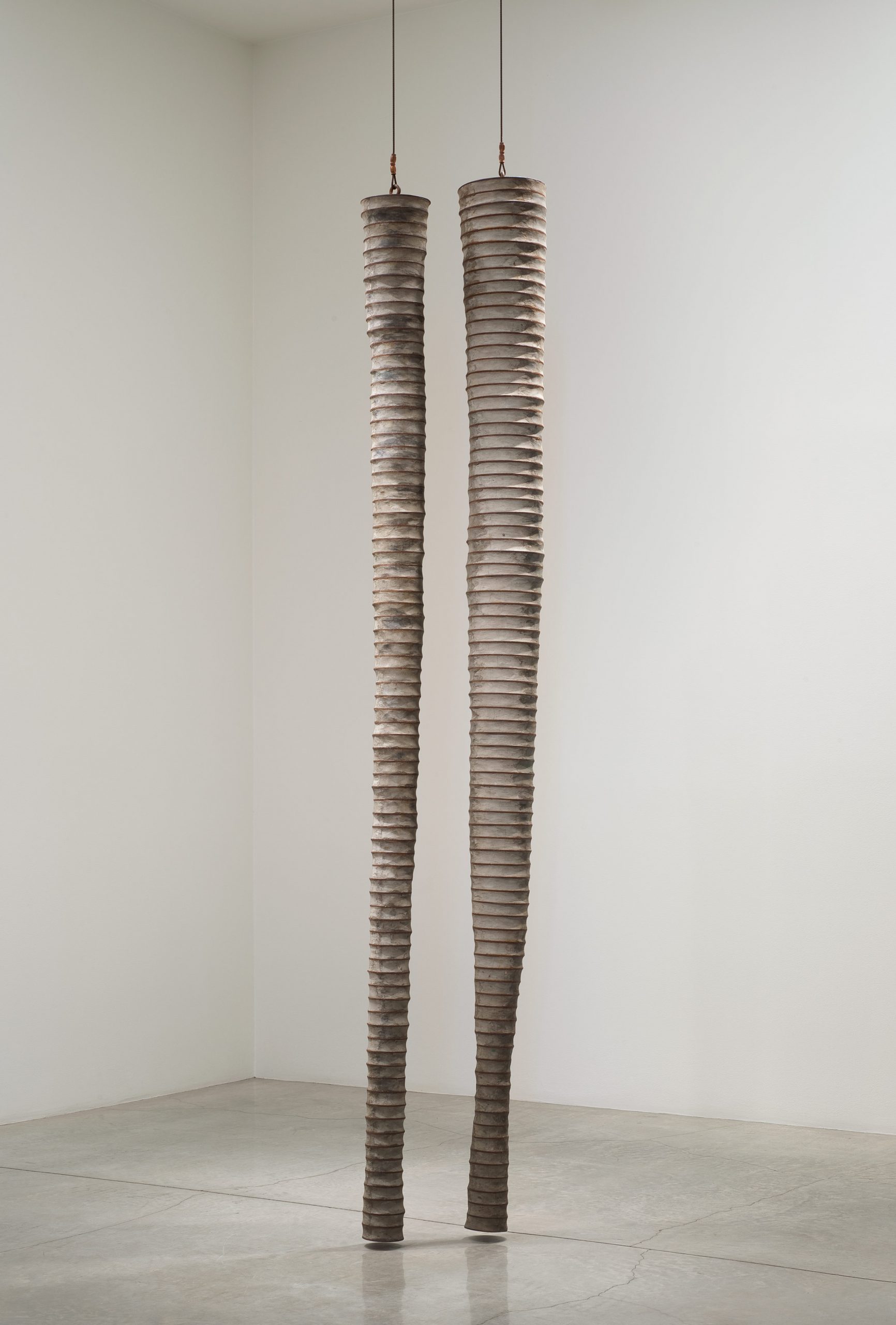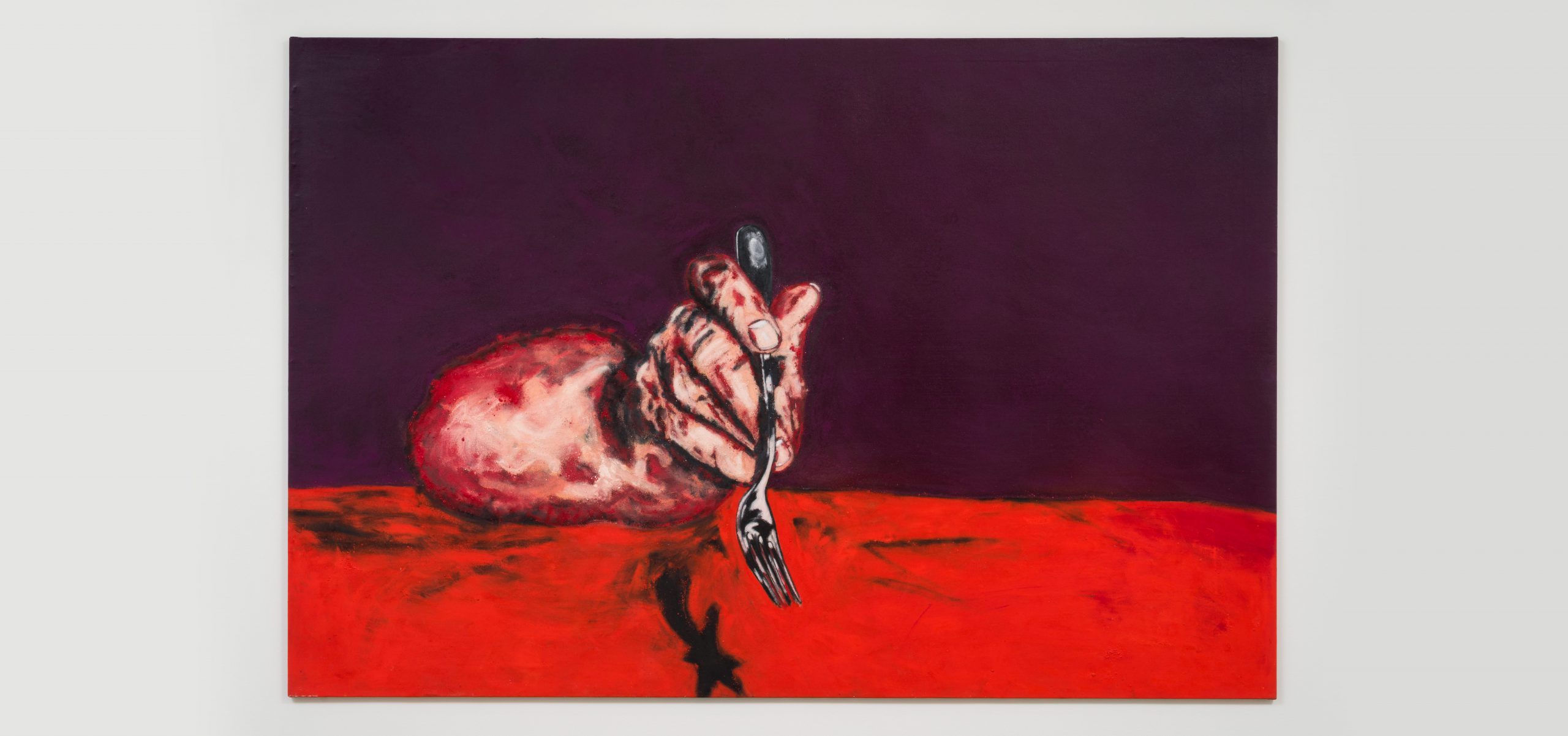Frieze Viewing Room
Los Angeles Edition
27 July - 1 August 2021
L.A. Louver presents a select group of works from the 1980s that encompass the diversity of impulses that arose during the decade, from formalist abstraction to politically engaged sculpture, slick geometry and finish fetish to painterly figuration and assemblage. The strength of this heterogeneity allowed the art world, over the course of the 1980s, to coalesce into something recognizable to today’s eyes, evolving from a niche aesthetic endeavor to the market powerhouse that would carry it into the new millennium.
Sean Scully
Counting, 1988
oil on linen
65 x 78 in. (165.1 x 198.1 cm
Inquire
Sean Scully’s Counting is a classic work of the period, made during a groundbreaking decade in the artist’s career. Following a ten-year retrospective in 1981, Scully began to reintroduce color into his work, alongside evidence of the artist’s hand in brushstrokes and imperfect lines. Counting’s emphatically hand-worked paint and organic edges bring a softness to the rigid geometry of the picture. It is in this place between rigorous order and expressive texture that Scully thrives, fusing the grid of Mondrian with the luminous color of Rothko and Matisse.
1988 was a prolific year for Scully, and works created during this year now reside in major collections including the Museum of Modern Art, Fort Worth; The Albright-Knox Art Gallery, Buffalo, NY; The Tate, London; The Hirshhorn Museum and Sculpture Garden, Washington, D.C.; The National Gallery of Australia, Canberra; and The Museum of Modern Art, New York.
Frederick Hammersley
No doubt about it, #11, 1985
oil on 100% rag paper on linen on wood
8 x 10 in. (20.3 x 25.4 cm)
framed: 11 3/4 x 13 3/4 in. (29.8 x 34.9 cm)
Inquire
Frederick Hammersley and Ed Moses each worked in both geometric and organic abstraction over the course of their careers. This pair of works illustrates one end of that spectrum. Hammersley's No doubt about it draws on color field abstraction for its playful yet well-defined compositional balance. Moses' Froc, conversely, revels in an all-over riot of paint, its forms and lines clamorous and frenetic.
Visual artist, musician, and playwright Terry Allen’s multifarious career often manifests in discrete series, each one of which spins a unique and unexpected yarn full of sharp turns, unique characters, and razor wit.
In Youth in Asia (1982-92), Allen addressed the aftermath of the Vietnam War through the lived accounts of those he knew — incidents he synthesized into mixed-media drawings, sculptures, poetry, installations, a radio play Torso Hell (aired on KXLU Los Angeles in 1986), and a music album Amerasia (the soundtrack for a film by Wolf-Eckart Bühler in 1987).
Terry Allen
Buddha (Youth in Asia), 1987
mixed media on paper
Framed: 30 3/4 x 22 1/2 in. (78.1 x 57.2 cm)
Inquire
Leon Kossoff, Georg Baselitz, and Frank Auerbach each employed expressive line to convey their singular views of their own surroundings, both physical and art historical. Kossoff's keen study of classical masters, most poignantly Poussin, resulted in a rich body of work that includes paintings, drawings, and prints. Kossoff will be the subject of a comprehensive painting survey at L.A. Louver in January 2022, following the publication of the Catalogue Raisonné of the paintings in September 2021.
Leon Kossoff
Cephalus and Aurora after Poussin, 1985
compressed charcoal, pastel & ink on paper
Paper: 22 3/4 x 29 1/2 in. (57.8 x 74.9 cm)
Framed: 27 1/2 x 33 1/4 in. (69.9 x 84.5 cm)
Inquire
Georg Baselitz
Ohne Titel (GB836), 1986
charcoal on Fabriano paper
Paper: 39 x 28 in. (99.1 x 71.1 cm)
Framed: 47 1/8 x 35 1/4 in. (119.7 x 89.5 cm)
Inquire
Frank Auerbach
Study for To the Studios, 1982
black ink, charcoal, and white crayon
8 3/4 x 10 1/2 in. (22.2 x 26.7 cm)
Framed: 18 x 19 3/8 x 1 5/8 in. (45.7 x 49.2 x 4.1 cm)
Inquire
The central image in Ed and Nancy Kienholz's Double Cross is a bullet and cartridge encased in a small tin cookie cutter shaped as a cross. The artists aim to investigate the long interconnection between war and religion; in their words, "War in the name of religion is the big double cross."
The television, formed from a five gallon plastic jug, has a “screen” made up of sheets of typewritten text containing excerpts from various American television newscasts and transcripts from hearings; in this case the text is of the 1987 Iran Contra hearings. The words run together in a continuous format but remain readable, adding layers of entendre to the work's title. Double Cross was produced in an edition of 35 with Gemini G.E.L. Each television was hand-painted by the artists with oil paints and colored resins; each contains a unique image and is illuminated from within by a concealed 60-watt lightbulb. The present edition features an exaggerated cruciform in brushy brown paint over densely typed text. The bullet and tin cross stand atop a small pedestal, like a miniature version of their large related installation The Big Double Cross.
Edward & Nancy Reddin Kienholz
Double Cross, 1987
mixed media assemblage
With pedestal: 49 x 14 1/2 x 13 in. (124.5 x 36.8 x 33 cm)
Edition 32 of 35
Inquire
“If the painting Industrial Village and Its Hill, 1982, were a drawing (seen only in reproduction, it amounts to one), it would be an effective joke. Using exact geographical terms to particularize the uninflected abstraction of a landscape (a Route 66 landscape par excellent) is witty. A graphic format would permit one to savor the delicate absurdity of it in one’s mind. (Drawing is the medium that models thought.) Performed on a three-meter expanse of buttery oil paint, however, the exercise is brutalized, self-destroyed as a witticism. Not the idea of landscape but something like the experience of an actual landscape is induced in the viewer, who seizes on the internal captions “industrial village” and “hill” to stave off vertigo. What is the word for an urgent reliance on verbal formulas? The word is prayer.”
-- Peter Schjeldahl, “Ed Ruscha: Traffic and Laughter,” 1985
Ed Ruscha
Industrial Village and Its Hill, 1982
oil on canvas
20 x 159 in. (50.8 x 403.9 cm)
Inquire
A diagram of this painting appears in the Ruscha studio notebooks dated January 20, 1982.
“In some ways, my aims in art are simple: I try to make beautiful objects. I try to make them to they seem to be from ‘out of this world,’ or so that they reflect the perfection or sophistication I think is possible in the development of mankind. (We humans are brilliant and accomplished, but at the same time we have a long way to go before we are what could be called ‘advanced’).”
- John McCracken
John McCracken
Centaurus, 1988
polyester resin and fiberglass
90 x 25 x 12 1/2 in. (228.6 x 63.5 x 31.8 cm)
Inquire
Peter Shelton
biglegs, 1983
cement, steel and mixed media (two elements)
Element 1: Height 112 / Diameter 9 1/2 in. (284.5 x 24.1 cm)
Element 2: Height 109 / Diameter 7 1/2 in. (276.9 x 19.1 cm)
Inquire
Acclaimed British painter Tony Bevan blends psychologically charged portraiture with broad swaths of abstract color in intense, haunting paintings. Works often start with sketches in thick charcoal that builds up on the canvas’ surface, rendering the layered paint lush and tactile. In the present work, a forearm and hand holding a simple fork emerges from a deep violet background; its disembodied nature and colossal size lend the scene an unnerving, faintly monstrous quality. The fork may be reaching for some unseen meal just outside of the composition, or toward the viewer themself. The mottled shading of the body contrasts sharply with the abstract color of background and table; its resolute fleshiness and intensity of line flouting the trends of the day.
Tony Bevan
Fork (PC891), 1989
acrylic on canvas
77 x 115 in. (195.6 x 292.1 cm)
Inquire
Toshikatsu Endo builds elemental, geometric structures from wood, rocks, and bronze, often setting them on fire so that they are charred and distressed to the point of alteration, deliberately engaging the essence of their materials to reveal human’s complex relationship to nature.
His art is a direct engagement of forces in nature and natural materials. They are large-scale, labor-intensive sculptures that involve the transformation of natural materials, the distortion of natural forms, and the embodiment of the forces of creation and of destruction.
Endo’s complex and meticulous arrangements echo the Japanese conception of arrangement that affirms the unity of the created world.
Toshikatsu Endo
Untitled (ring of rocks), 1987
stone, bronze, fire
145 in. (368.3 cm) diameter
Inquire

